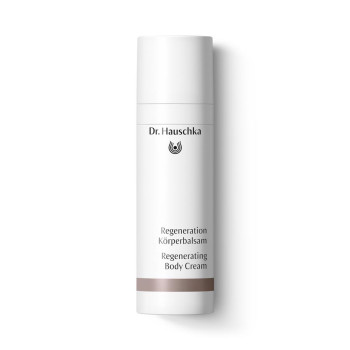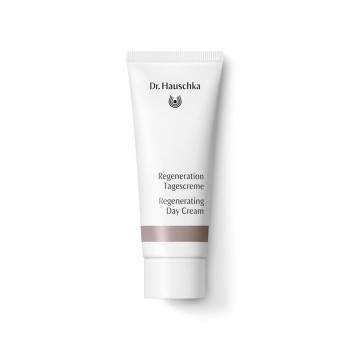
Red Clover
Synonyms: Cowgrass, purple clover, trefoil
Scientific Name: Trifolium pratense L.
Family: Fabaceae (Pea family)
Habitat
Eurasia
Constituents
Flavonoids, phytoestrogens (isoflavones) including genistein, daidzein, biochanin A and formononetin, essential oils and tannins.
Description
They peer from almost every meadow from May to September – the round, red-white porcupine heads of red clover. Clover stems can grow to 50 centimetres long and are often tinted red. They grow from a short rootstock, carpeting the ground. The elongated trifoliate (having three leaflets) clover leaves have a characteristic lighter patch in the middle. The stems, like the leaves, are covered with whitish hairs. Numerous elongated florets gather in flower heads which are visited and pollinated only by long-tongued bumblebees. These love red clover blossoms, which are rich in nectar and an abundant source of honey.
Like all members of the Fabaceae family, red clover lives in a symbiotic relationship with root nodule bacteria (Rhizobiaceae) to maximise its supply of nitrogen. Nitrogen is essential for the construction of proteins and DNA. It must, however, be available in its bound form, as nitrate or uric acid for example; otherwise few living organisms are able to process it. Only a limited amount of nitrogen is normally available in its bound form. But through the symbiosis the root nodule bacteria are able to bind otherwise useless elementary nitrogen and make it available to themselves and the red clover. “You scratch my back, I’ll scratch yours” – a true symbiosis.
Interesting Facts
The genus name Trifolium, or trefoil, comes from the Latin tres, tria = three, and folium = leaf. It describes the three-part clover leaf. The species name pratense also comes from Latin (from pratum = meadow), and indicates the habitat of red clover. Protein-rich red clover is the most important fodder plant for the agricultural industry. Red clover is so vigorous and prolific that it can easily withstand being cut several times a year. Thus it provides a continuous supply of high-quality fodder for cattle, and indeed provides us humans with a generous supply of protein via cow's milk. Through its symbiosis with the root nodule bacteria, it simultaneously enriches the ground in which it grows with nitrogen compounds. This is known as green manuring. Our earliest records of clover cultivation date from the 11th century. Hildegard von Bingen (c. 1098-1179) pointed out the healing properties of red clover in her Physica, as did her colleagues in 16th-century herbals.
To most of us, red clover is less familiar as fodder or as a healing herb. We associate it more with a lucky charm – the four-leaf clover which is especially connected with Celtic tradition. In this we are doubly mistaken. The four leaves are in fact one leaf divided into four parts. And secondly, the ‘lucky four-leaf clover’ commonly offered for purchase is in fact a sorrel (Oxalis tetraphylla), and not related to our ‘lucky’ clover at all.
Leaving aside that Eve is said to have taken a four-leaf clover with her as a souvenir of happier times when she was driven out of Paradise, this old belief dates back to Celtic times. For the Celts, clover dedicated to the goddesses was a symbol of happiness and a talisman against evil spirits. It could ward off spells and grant second sight. Flowering clover was supposed to reveal the footsteps of the Celtic goddess and for this alone was thought to confer blessings. The three-leaf clover has always symbolised the greatest mysteries: deities which always appeared as a trinity; a tripartite society of ordinary people, heroes and druids; and the druids themselves, who were divided into philosophers (the druids as such), bards (poet-singers) and ovates (shamans). The four-leaf clover, in contrast, symbolised perfect symmetry and was the embodiment of happiness. Whoever found it without looking was assured of happiness.
The Irish still honour the clover leaf today as their national emblem. The Shamrock – to give it its Irish Gaelic name – is worn by Irish people all over the world on 17 March, St Patrick’s Day and the national day of Ireland. This tradition dates back to an episode in the life of St Patrick (c. 389-461). During the Christianisation of Ireland, he is supposed to have successfully explained the Trinity of Father, Son and Holy Ghost with the aid of a leaf of clover. In Ireland the old Celtic rites still have a role to play, for example at weddings, when the bride’s bouquet includes red clover as a symbol of devotion and fertility. Folklore includes countless tales of four-leaf clover protecting travellers from harm, bringing confusion to priests during their sermons, enabling the wearer to recognise witches or predicting imminent marriages. Indeed, to live ‘in clover’ means to live a life of ease and luxury.
What causes some clovers to bear four-part leaves has not been conclusively explained even to this day. It is probably due to a genetic mutation, possibly linked to environmental factors as triggers. Clover leaves have been found with even more divisions: they of course have their own different significances. Red Clover in Dr. Hauschka Skin Care Products
The plant in our products
We process red clover from certified organic cultivations. The mixture is left to mature for seven days in big earthenware vats. Every morning and evening, WALA employees stir the resulting essence vigorously, thus allowing light into the liquid, which is otherwise left in the dark. A rhythmic process that instils the essence with the polarities of Nature. The red clover essence is contained in:






